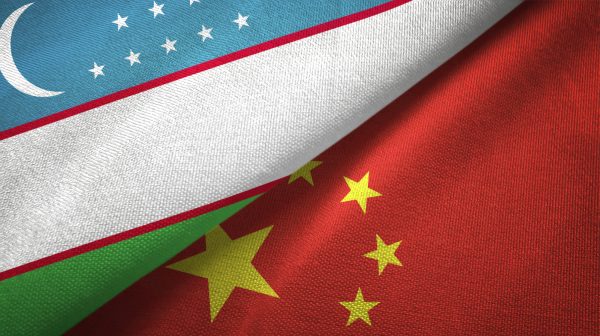Tashkent, the capital of Uzbekistan, has the appearance of a typical Central Asian metropolis as there aren’t many high-rise buildings, and the majority of the street signs are in Uzbek or Russian; however, some newer eateries have English names as well.
A deeper glance reveals that the city and the country as a whole are alive and well. High-rise construction sites were everywhere. A new office building was being built near a river. One sign outside the building site says, “Dream City.” A brand new black automobile was parked close to the street, and it was written on the rear of the car, “Build your dream.” The vehicle is manufactured by the Chinese automaker BYD, according to “Global Times.”
“New Uzbekistan”
Such a scene encapsulates a country’s rapid economic expansion. President Shavkat Mirziyoyev’s goal of creating a “New Uzbekistan” has resulted in a series of changes and openings in recent years. Despite the COVID-19 epidemic and a severe worldwide economic crisis, the Uzbek economy is booming as the country seeks to deepen collaboration with China as part of its “New Uzbekistan” development strategy.
China and Uzbekistan published a joint declaration in May on the margins of the first China-Central Asia Summit in Xi’an, Northwest China’s Shaanxi Province, pledging to strengthen bilateral ties and cooperation in a variety of fields.
Focusing on the two countries’ bright futures and the achievement of common prosperity, the two sides will expand the scope of practical cooperation in many sectors and continue to deepen the meaning of the China-Uzbekistan comprehensive strategic partnership in the new age. According to the joint statement, the two sides agreed to accelerate the development of digital commerce, push further steps to enhance bilateral trade volume, explore new growth spots for trade cooperation between the two nations, and promote the balanced development of bilateral trade.
Only a year earlier, in September 2022, China and Uzbekistan published a joint declaration in which they committed to vigorously promoting the synergy between the Belt and Road Initiative and the “New Uzbekistan” growth vision for 2022–2026.
More than 1,800 Chinese enterprises were operating in Uzbekistan in 2021, with that number expected to rise to more than 2,000 by August 2022, according to “Global Times.”
The growing Chinese presence in Uzbekistan was also evident in major Uzbek cities such as Tashkent and Samarkand, the country’s bustling cultural and commercial centers. The majority of diners at a restaurant in the capital city were Chinese. Many Chinese visitors and business delegations visit Samarkand, filling local tourist attractions and hotels.
The “New Uzbekistan” strategy seeks to strengthen the country’s economy by shifting away from traditional industries such as energy and cotton and toward areas such as manufacturing and services. Tourism, for example, has become a high priority for the Uzbek government since the nation has numerous advantages in drawing foreign visitors, notably those from China, due to its rich history and pivotal position on the historic Silk Road, known as the “Great Silk Road” in Uzbekistan.
Aziz Abduhakimov, Uzbekistan’s minister of cultural heritage in charge of tourism, stated that the government is pursuing a number of steps to attract more Chinese visitors, including easier visa regulations, additional flights, and the restoration of historical monuments.
“Tourism is only one sector in which Uzbekistan hopes to collaborate with China. Another critical aspect is investment. The Termez international trade zone was being built in Termez, an Uzbek city bordering Afghanistan. Surkhon, the firm behind the project, is actively pursuing investments from China as the facilities near completion, with executives recently flying to China as part of a business mission organized by the Uzbek government. We expect that Chinese corporations will come here and invest with us,” Laziz, an investment project manager at Surkhon, told the Global Times.








 GOOGL
GOOGL  AMZN
AMZN  MET
MET  T
T  WPM
WPM  DM
DM  SVM
SVM  CMC
CMC  HKDUSD=X
HKDUSD=X  BABA
BABA